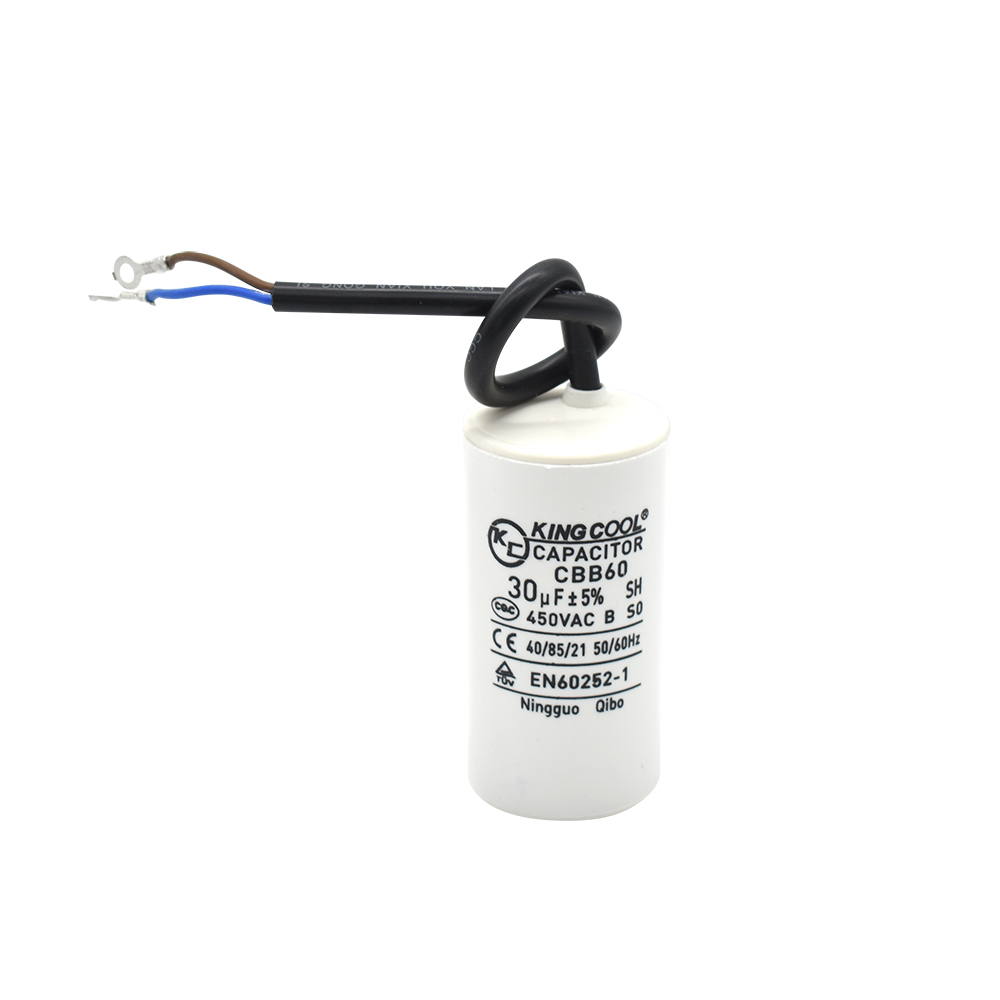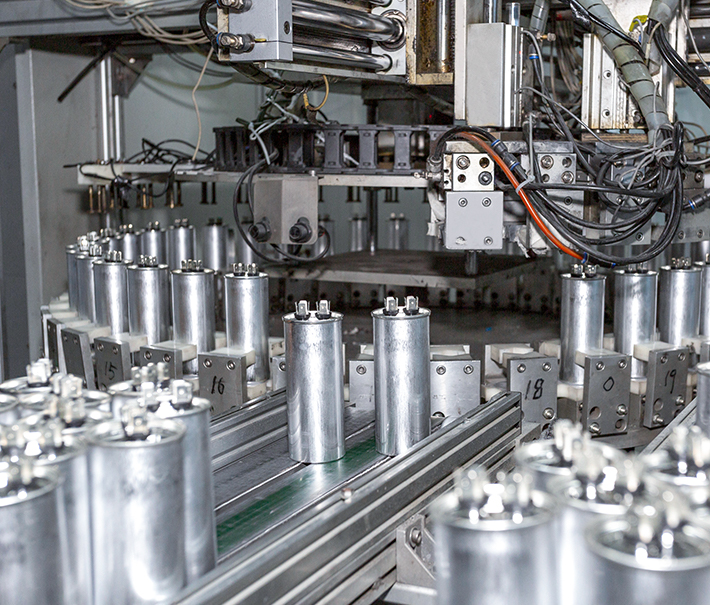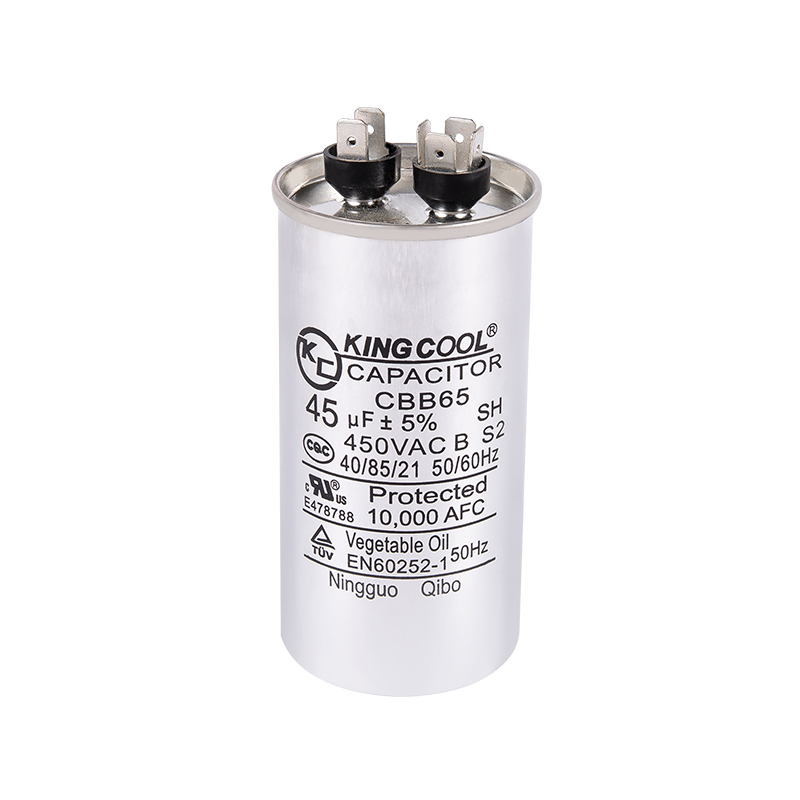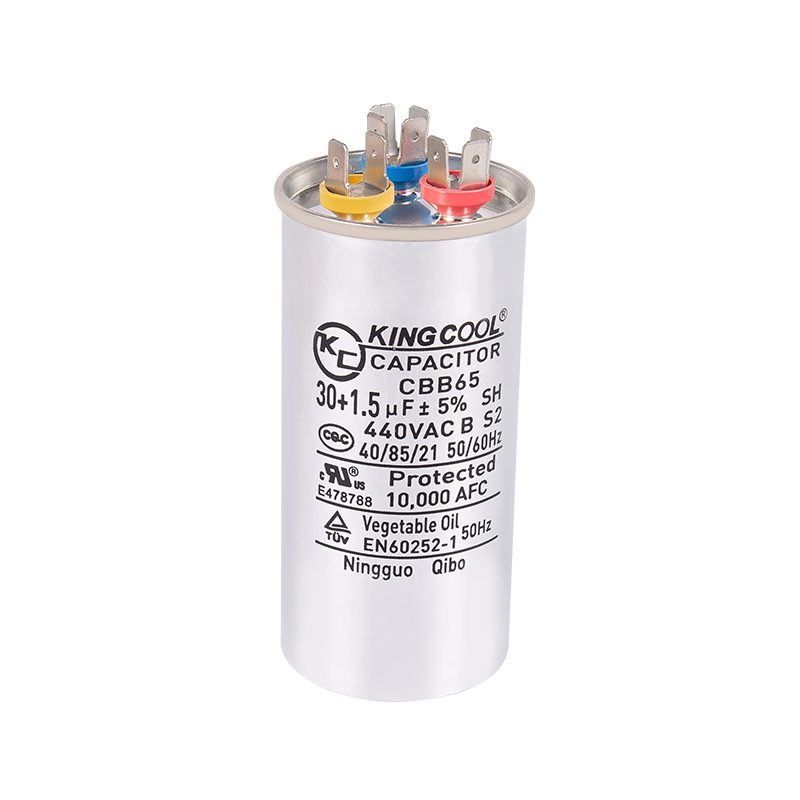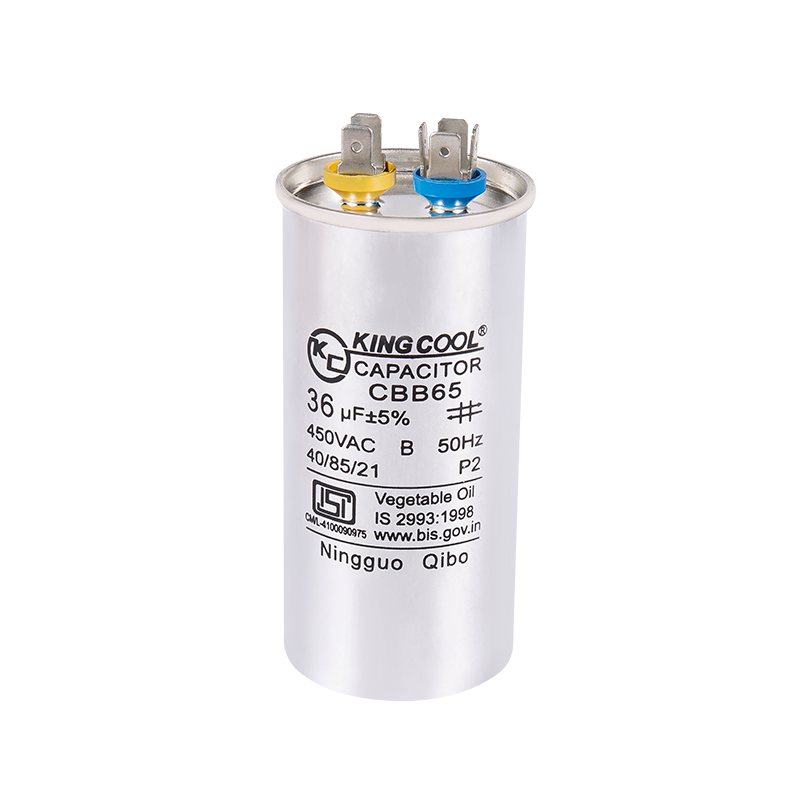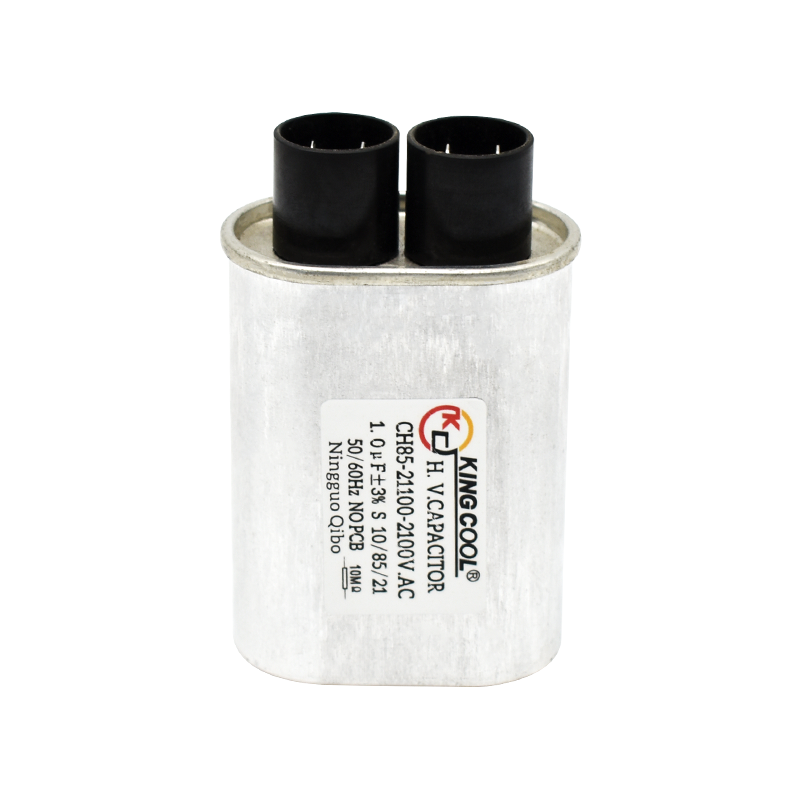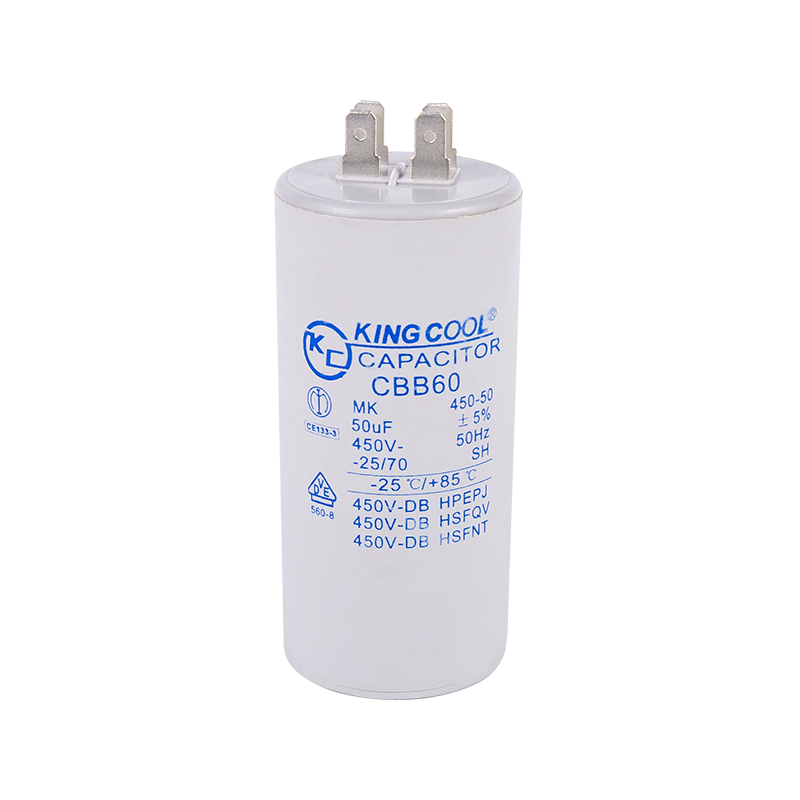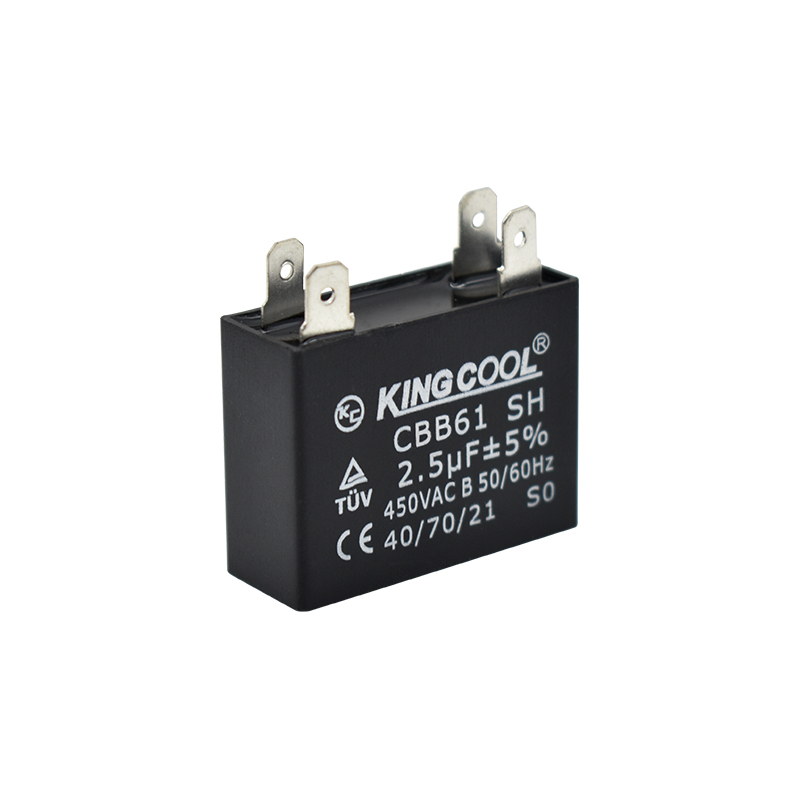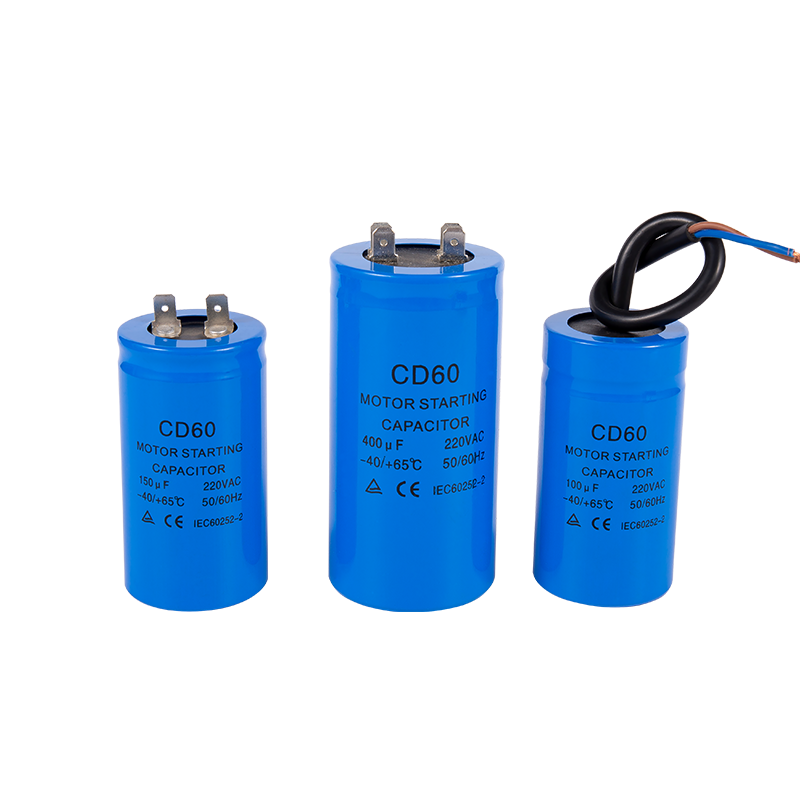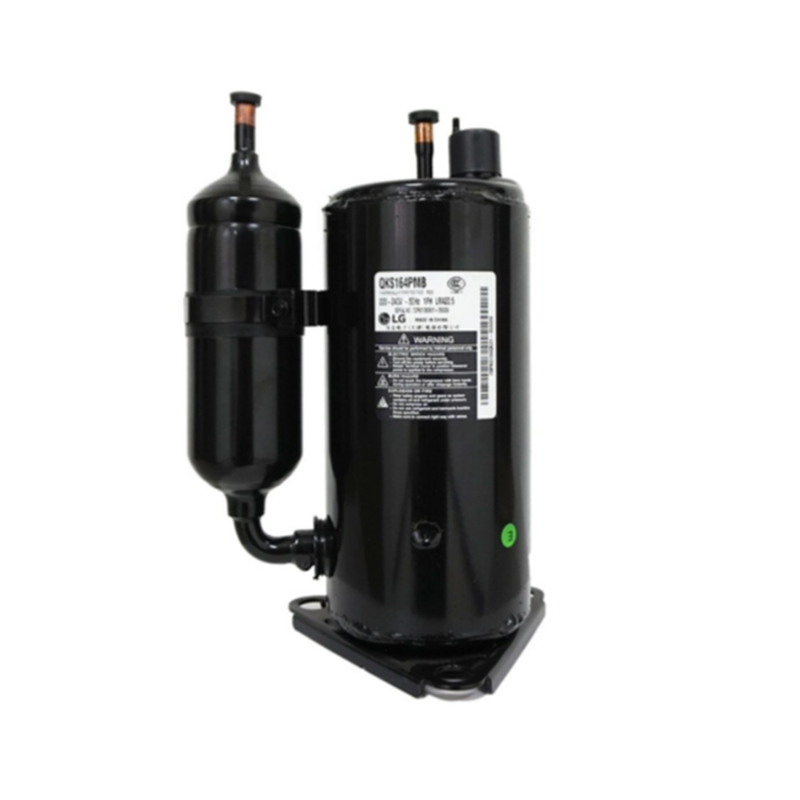- Home
- About Us
- Product
- Capacitor
- Air-Conditioner Parts
- Compressor
- Universal A/C Control System & Remote
- Temperature Controller
- Contactor & Transformer
- Relay & Overload & Delay Timer
- Indoor And Outdoor Air Conditioning Motor
- Defrost Timer
- Thermostat Guard
- Select Switch
- Fan Blade
- Air Conditioner Bracket
- A/C Flow Deflector & A/C Service Bag
- High Pressure Washer
- Charging Valve & Capillary & Wave Tube
- All A/C Brands Sensor
- Insulation tuber
- Refrigerator Parts
- Refrigeration Parts
- Axial Fan
- Microcomputer Temperature Control
- Voltage Protector
- Vacuum Pump & Refrigerant Recovery Unit & Scale
- Brass & Copper Fitting
- Installation Material
- PVC Air Curtain
- Condensate Drain Pump
- Refrigerant
- Copper Tube
- Filter Drier & Oil Separator For Refrigeration System
- Vibration Absorber
- Control Valve & Fitting & Component
- Manifold Gauge
- Thermometer
- Air Curtain
- Condenser Unit
- Condensing Unit
- AC Cooling Fan
- Refrigerant Leak Detector
- Latch & Hinge
- Washing Machine Parts
- Home Appliances Parts
- Instruments&Tools
- Resources
- News
- Contact Us
Web Menu
- Home
- About Us
- Product
- Capacitor
- Air-Conditioner Parts
- Compressor
- Universal A/C Control System & Remote
- Temperature Controller
- Contactor & Transformer
- Relay & Overload & Delay Timer
- Indoor And Outdoor Air Conditioning Motor
- Defrost Timer
- Thermostat Guard
- Select Switch
- Fan Blade
- Air Conditioner Bracket
- A/C Flow Deflector & A/C Service Bag
- High Pressure Washer
- Charging Valve & Capillary & Wave Tube
- All A/C Brands Sensor
- Insulation tuber
- Refrigerator Parts
- Refrigeration Parts
- Axial Fan
- Microcomputer Temperature Control
- Voltage Protector
- Vacuum Pump & Refrigerant Recovery Unit & Scale
- Brass & Copper Fitting
- Installation Material
- PVC Air Curtain
- Condensate Drain Pump
- Refrigerant
- Copper Tube
- Filter Drier & Oil Separator For Refrigeration System
- Vibration Absorber
- Control Valve & Fitting & Component
- Manifold Gauge
- Thermometer
- Air Curtain
- Condenser Unit
- Condensing Unit
- AC Cooling Fan
- Refrigerant Leak Detector
- Latch & Hinge
- Washing Machine Parts
- Home Appliances Parts
- Instruments&Tools
- Resources
- News
- Contact Us
Product Search
Exit Menu

AC Capacitor: From Basics to Applications, A Comprehensive Guide
Posted by Admin | 04 Sep
- 1 Introduction
- 2
- 3 I. The Function of AC Capacitors: The "Energy Reservoir" in Circuits
- 3.1 1. Filtering Function: Smoothing Current, Stabilizing Power
- 3.2 2. Phase Shifting Function: Changing the Pace of Voltage and Current
- 3.3 3. Bypass and Coupling Functions: The "Signal Bridge" and "Isolation Wall"
- 3.4 4. Frequency Division Function: The "Frequency Controller" in Audio Systems
- 3.5 AC Capacitor Parameters and Functions in Different Applications
- 4 II. Identifying AC Capacitors: Symbols and Units
- 5 III. Connection Methods for AC Capacitors: Series and Parallel
- 6 IV. How to Judge AC Capacitor Condition: Simple and Practical Methods
- 7 Conclusion
Introduction
The AC Capacitor plays a crucial role in electronic circuits. This article will delve into all aspects of the AC Capacitor, including its function, symbol, unit, connection methods, and methods for determining its condition.
AC Capacitor vs. DC Capacitor: Parameter Comparison
| Characteristic | AC Capacitor (AC Capacitor) | DC Capacitor (DC Capacitor) |
|---|---|---|
| Polarity | Non-polarized | Polarized (typically an electrolytic capacitor) |
| Main Application | AC circuits | DC circuits |
| Rated Voltage | Labeled with AC voltage value (e.g., 250V AC) | Labeled with DC voltage value (e.g., 50V DC) |
| Function | Filtering, phase shifting, bypass, coupling, frequency division, etc. | Filtering, energy storage, bypass, etc. |
| Dielectric | Polypropylene, polyester, ceramic, etc. | Electrolyte, tantalum, etc. |
I. The Function of AC Capacitors: The "Energy Reservoir" in Circuits
The AC Capacitor serves a versatile role in AC circuits. Its unique ability to "pass AC and block DC" allows it to perform various critical functions, acting like a flexible "energy reservoir" that stores, releases, or transfers charge as needed.
1. Filtering Function: Smoothing Current, Stabilizing Power
In many rectifier circuits, converting AC to DC results in a pulsating current. The AC Capacitor is typically connected in parallel with the load. Its function is to absorb excess energy during the pulse peaks and release it during the troughs, smoothing the unstable pulsating current into a relatively stable DC current.
2. Phase Shifting Function: Changing the Pace of Voltage and Current
In AC circuits, there can be a phase difference between voltage and current. One of the important functions of the AC Capacitor is to make the current's phase lead the voltage's phase. This characteristic is particularly vital in single-phase motor starting circuits.
3. Bypass and Coupling Functions: The "Signal Bridge" and "Isolation Wall"
- Bypass Function: In circuits with both AC and DC signals, the AC Capacitor can provide a low-impedance path for high-frequency AC signals, bypassing them to ground.
- Coupling Function: The AC Capacitor is also used as a "signal bridge" between circuit stages. It can pass AC signals from a preceding stage to a subsequent one while blocking the DC signal, achieving signal coupling and DC isolation.
4. Frequency Division Function: The "Frequency Controller" in Audio Systems
In audio crossover networks, the function of the AC Capacitor is to distribute audio signals based on their frequency characteristics. By connecting an AC Capacitor in series with a speaker, it can allow high-frequency signals to pass while blocking low-frequency ones.
AC Capacitor Parameters and Functions in Different Applications
| Application Scenario | Typical Parameters of AC Capacitor | Primary Function |
|---|---|---|
| Motor Starting | 250V AC, 10-100μF | Generates a phase-shifted current to create a rotating magnetic field for motor startup |
| Power Filtering | 400V AC, 1-10μF | Filters high-frequency noise and smooths pulsating current |
| Audio Crossover | 50V AC, 1-10μF | Filters out low-frequency signals and passes high-frequency signals to the tweeter |
II. Identifying AC Capacitors: Symbols and Units
Accurately identifying and understanding the specifications of an AC Capacitor is a crucial first step. This is primarily done through its unique circuit symbol and the unit values marked on the capacitor body.
1. The Symbol of AC Capacitors: The "Non-Polarized" Mark in Circuit Diagrams
The AC Capacitor symbol in circuit diagrams clearly indicates its non-polarized nature—it has no positive or negative poles and can pass current in both directions.
| Capacitor Type | AC Capacitor (AC Capacitor) | DC Capacitor (DC Capacitor) |
|---|---|---|
| Circuit Symbol |  |
 |
| Characteristic | Non-polarized, can be used in AC and DC circuits | Polarized, must be connected with correct polarity in DC circuits |
2. The Unit of AC Capacitors: Farad and its Derivatives
The unit of capacitance for an AC Capacitor is the Farad (F). However, since the Farad is a very large unit, its derivatives are more commonly used in practical applications:
- Microfarad (μF): 1 μF = 10-6 F
- Nanofarad (nF): 1 nF = 10-9 F
- Picofarad (pF): 1 pF = 10-12 F
The unit conversion is: 1 F = 106 μF = 109 nF = 1012 pF. These units are usually marked directly on the AC Capacitor body. Additionally, the rated voltage is also marked, a crucial parameter indicating the maximum AC voltage the capacitor can withstand.
III. Connection Methods for AC Capacitors: Series and Parallel
Understanding the **connection methods** of **AC capacitors** is vital for circuit design and repair. Different **connection methods** alter the total capacitance and voltage rating to meet various circuit needs. The two most common **connection methods** are series and parallel.
1. Series Connection: Sharing Voltage, Reducing Total Capacitance
When multiple **AC capacitors** are connected end-to-end, they form a series circuit. The primary **function** of this **connection method** is to increase the circuit's voltage withstand capability. Each capacitor shares a portion of the voltage, allowing the entire series capacitor bank to handle higher voltages.
Total Capacitance Calculation
The total capacitance of a series connection will be smaller than any single capacitor's value. The formula is: 1/CTotal = 1/C1 + 1/C2 + 1/C3 + ... For example, two 10μF **AC capacitors** in series result in a total capacitance of 5μF.
2. Parallel Connection: Increasing Capacitance, Maintaining Voltage
When multiple **AC capacitors** are connected side-by-side, they form a parallel circuit. The main **function** of this **connection method** is to increase the circuit's total capacitance. The total capacitance of a parallel connection is the simple sum of all individual capacitor values.
Total Capacitance Calculation
The total capacitance is the sum of all individual capacitances. CTotal = C1 + C2 + C3 + ... For example, two 10μF **AC capacitors** in parallel result in a total capacitance of 20μF.
AC Capacitor Series vs. Parallel Connection Comparison
| Characteristic | Series Connection | Parallel Connection |
|---|---|---|
| Total Capacitance | Decreases, smaller than the smallest capacitor | Increases, equals the sum of all capacitor values |
| Total Voltage Rating | Increases, equals the sum of all capacitor ratings | Remains the same, equals the lowest rated capacitor |
| Main Function | Increase voltage rating, decrease capacitance | Increase capacitance, maintain voltage rating |
| Formula | 1/CTotal = 1/C1 + 1/C2 + ... | CTotal = C1 + C2 + ... |
| Example | Two 10μF in series, total capacitance is 5μF | Two 10μF in parallel, total capacitance is 20μF |
IV. How to Judge AC Capacitor Condition: Simple and Practical Methods
In electronic device repair or circuit design, determining if an AC capacitor is working correctly is crucial. A failed capacitor can prevent the entire circuit from functioning. Here are some simple, practical methods to judge its condition.
1. Visual Inspection: The Most Direct Preliminary Check
Before any testing, visually inspect the AC capacitor. Many capacitor failures have obvious physical damage.
- Check the capacitor's appearance: Look for bulging or deformation of the case, especially on the top and bottom.
- Check for damage: Inspect the sealing at the base of the leads for cracks or signs of leakage.
- Look for burn marks: Check the capacitor's surface for any signs of scorching, discoloration, or melting from overheating.
2. Multimeter Resistance Test: The Most Common Method
Using a multimeter on the resistance range (usually Rx1k or higher) is one of the most common and effective methods for judging an AC capacitor. This method is based on the capacitor's charging and discharging characteristics to determine if it is open or shorted.
Test Steps:
- Discharge: Always discharge the AC capacitor completely by shorting its leads before testing.
- Select Range: Set the multimeter to an appropriate resistance range (e.g., Rx1k).
- Connect Leads: Connect the red and black probes to the two leads of the AC capacitor and observe the meter's reading.
- Observe the Reading:
- Normal Capacitor: The needle will quickly deflect towards a low resistance value (or the digital reading will quickly decrease from infinity) and then slowly return to or near infinity. This is the capacitor's charging behavior, indicating it is functional.
- Open Capacitor: The needle will remain at infinity, with no deflection. This means the capacitor is internally disconnected and has failed.
- Shorted Capacitor: The needle will deflect quickly and stop at zero or a very low resistance value. This indicates the capacitor is shorted internally and has lost its capacitive function.
3. Capacitance Test: The Most Accurate Method
For digital multimeters with a capacitance measurement function, you can directly measure the AC capacitor's capacitance value. This method provides the most accurate way to determine if the capacitor meets its rated value.
Test Steps:
- Discharge: First, discharge the capacitor.
- Select Range: Set the multimeter to the capacitance measurement range.
- Connect Leads: Connect the AC capacitor's leads to the multimeter's test ports.
- Read the Value: The multimeter will display a capacitance value. This value should be close to its marked value. If the measured value deviates significantly (usually more than 20%), the capacitor is considered faulty.
Comparison of AC Capacitor Condition Judgment Methods
| Judgment Method | Pros | Cons | Applicability |
|---|---|---|---|
| Visual Inspection | Simple, quick, requires no tools | Only detects physical damage, not internal performance | Preliminary screening to quickly rule out obviously failed capacitors |
| Multimeter Resistance Test | Simple, practical, can detect open and short circuits | Cannot precisely measure capacitance; not effective for small capacitors | Quickly check if the capacitor's basic function is normal |
| Capacitance Test | Accurate results, direct reading of capacitance value | Requires a special multimeter; operation is relatively complex | Used when a precise determination of capacitor performance is required |
Conclusion
The AC Capacitor, as a cornerstone of the electronic world, is of paramount importance. It's not just a simple passive component but a versatile "circuit toolbox" that plays an irreplaceable function in various AC circuits. From starting large motors to processing tiny audio signals, the AC Capacitor silently ensures circuit stability and efficiency.
This article has analyzed the core knowledge of **AC capacitors** from multiple dimensions, including their unique **function**, the **symbol** and **unit** for identification, the **connection methods** that change their characteristics, and the **methods for judging their condition**. Understanding these key points is crucial for mastering and applying **AC capacitors**.
Review of Core AC Capacitor Knowledge Points
| Core Knowledge Point | Key Takeaways |
|---|---|
| Function | Filtering, phase shifting, bypass, coupling, the "energy reservoir" in AC circuits |
| Symbol | Non-polarized symbol, distinct from DC capacitors |
| Unit | Farad (F), common units are microfarad (μF), nanofarad (nF), and picofarad (pF) |
| Connection Method | Series connection increases voltage rating, parallel connection increases capacitance |
| Condition Judgment | Can be quickly and accurately judged through visual inspection, multimeter resistance test, or capacitance test |
Frequently Asked Questions (FAQ)
1. What types of capacitors does Ningguo Kingcool Import and Export Co., Ltd. produce?
Ningguo Kingcool Import and Export Co., Ltd. is an enterprise that combines industry and trade, specializing in the production of **metallized polypropylene film capacitors**. With strong technical strength and advanced production equipment, the company has an annual production capacity of 10 million metallized film capacitors. These products, known for their excellent performance and reliable quality, are mainly exported to more than a dozen countries in the Middle East, Africa, South America, Southeast Asia, etc.
2. What is special about Ningguo Kingcool Import and Export Co., Ltd.'s service and business model?
The company has successfully completed two strategic transformations: from simply selling products to providing comprehensive **services**. In terms of its business model, Ningguo Kingcool Import and Export Co., Ltd. implements an "every employee faces the market" model, allowing each employee to more agilely and quickly capture and meet customers' fragmented and personalized needs. In addition, the company has developed into an agent for **air conditioner and refrigerator accessories**, offering a complete range of parts with guaranteed quality and competitive prices, providing customers with one-stop procurement services.
3. How do I choose the right AC capacitor for my equipment?
Choosing the right AC capacitor requires considering several key parameters:
- Capacitance: Determine this based on your circuit's needs, referring to the equipment manual or the old capacitor's markings. If you don't have a capacitor with the exact same value, you can use the **parallel connection method** described in this article.
- Rated Voltage: Always ensure the new capacitor's rated voltage is greater than or equal to the actual working voltage in your circuit. For example, if the equipment operates at 220V AC, you'll need to choose a capacitor with a rated voltage of 250V AC or higher. If the available capacitor's voltage rating is insufficient, you can use the **series connection method** described in this article to increase the total voltage rating.
- Size and Type: Make sure the new capacitor's physical size fits into the equipment and choose a type suitable for your application (e.g., motor start capacitor, filter capacitor, etc.).
If you are unsure how to choose, Ningguo Kingcool Import and Export Co., Ltd. can provide professional consultation and one-stop procurement services to ensure you get the most suitable parts.
Efficient charging, stable output, capacitor, thefirst choice for electric drive.
- Address: North of Funing Rd., Helixi Economic and Technology Development Zone, Ningguo, Anhui, China
- Phone/WhatsApp: +86-18110862602
- Email: [email protected]
If you have anything to consult, you canfollow us, we will contact you as soon aspossible
Copyright © Ningguo Kingcool Import and Export Co., Ltd All Rights Reserved. Custom HVAC Parts & Accessories Suppliers









